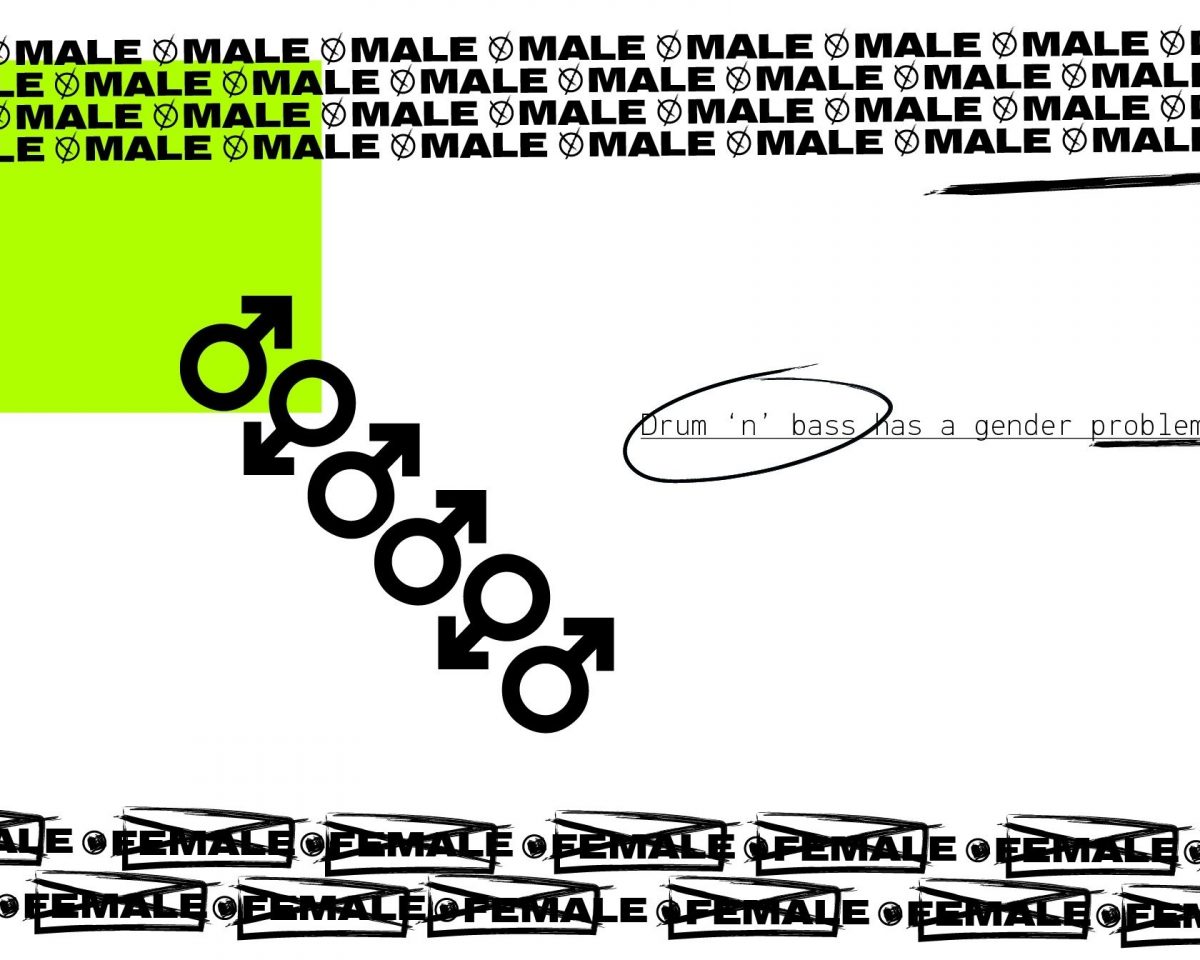Drum ‘n’ bass DJ and radio presenter Flight is remembering the moment she first decided to learn to mix. “I never thought that DJing was something I could do until I saw Kemistry and Storm for the first time, when I was 17,” she says. “Particularly Kemi – seeing a black woman of mixed heritage up there. They looked so cool and their music was outstanding.”
Having founded the iconic drum ‘n’ bass label Metalheadz with Goldie in 1994, Kemistry and Storm were pioneers on the scene as it grew from grassroots to mainstream. But drum ‘n’ bass has been notoriously male dominated since day one, and while it’s an issue across the music industry – in 2017, for instance, the BBC reported that 80 per cent of music festival acts were male – house and techno DJs like Honey Dijon, Peggy Gou and The Black Madonna regularly headline shows and sell out their own nights, with drum ‘n’ bass sadly lagging behind. “D’n’b is still very male dominated,” scene veteran DJ Fabio commented in 2015. “It shouldn’t be, after being around for two decades – but unfortunately it hasn’t changed much since the ’90s in that respect.”
The conversation bubbled to the surface on New Year’s Day 2018, when drum ‘n’ bass DJ Mantra tallied up the ratio of male-to-female acts at the previous year’s big-label drum ‘n’ bass shows. “I literally sat there with a new-born on my boob counting up the numbers,” she laughs. The results painted an undeniably unbalanced picture: Metalheadz hosted 75 male sets and 1 by a woman; Critical sets were 90 to 3; Hospital Records 251 to 2. Mantra’s own label Rupture, which she runs with her DJ partner DOUBLE 0, hosted 8 sets by women and 47 by men – far higher than their counterparts at 17 per cent female, but with still a way to go.
With both positive and negative responses flooding in, Mantra’s post sparked a conversation that was long overdue. “Labels needed to look at themselves,” says DJ and producer Sweetpea. But while Rupture’s New Year’s Resolution was to book at least one female artist per room at its Corsica Studios club nights, the following year saw little progress from other labels. By our count, at Hospital’s 2018 London shows, 159 sets were played by male DJs compared to 8 by women, and Metalheadz hosted 101 male DJs and 4 women DJs. On top of that, women DJs continued to be relegated to warm-up sets, rarely bagging a headline slot. So why are so few female artists succeeding in drum ‘n’ bass?
To read the full article, view the original post on the Mixmag website.
